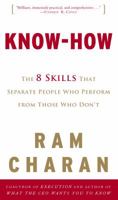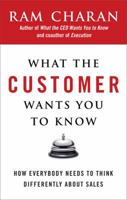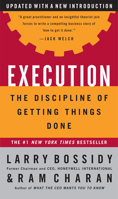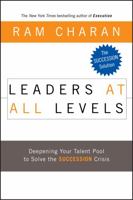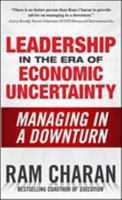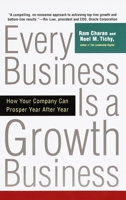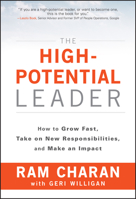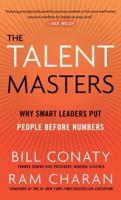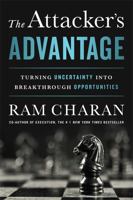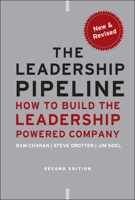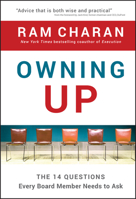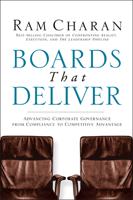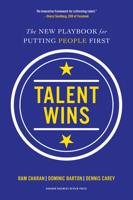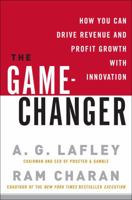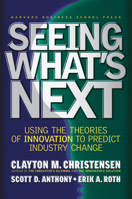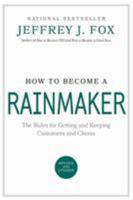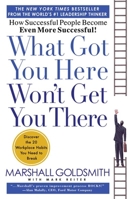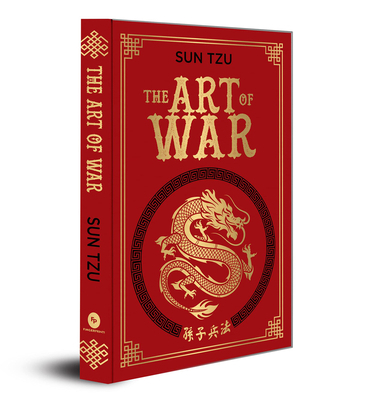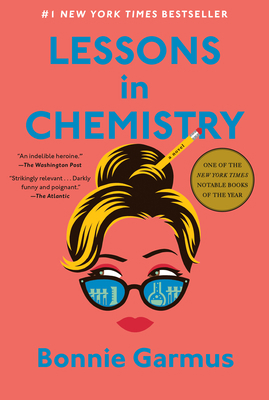Profitable Growth Is Everyone's Business: 10 Tools You Can Use Monday Morning
Select Format
Select Condition 
Book Overview
You Might Also Enjoy
Customer Reviews
Rated 5 starsProfitable Growth
I do not know Ram Charan. Although impressed by his lecture at the GE Mgmt. Dev. Institute in the early 1970's I did not read Execution. I advise anyone who was underwhelmed by Profitable Growth to read it again. In addition to the seemingly simple checklist for fostering success, Ram presents an underlying lesson in systems thinking that, once subsumed, will serve you well far beyond the the ten tools presented at the...
0Report
Rated 5 starsRevenue growth must supplement a cost reduction agenda
Charan's credentials include co-authoring the bestseller "Execution". His writing is very much down-to-earth, no-nonsense, and straightforward. So when he says 10 tools for Monday morning, believe him! Here they are: 1. MAKE REVENUE GROWTH EVERYONE'S BUSINESS. Just like a cost reduction agenda may be a permanent theme in daily conversations and meetings in all departments, so should revenue growth be. And it's not just for...
1Report
Rated 5 starsThe goodness of good growth
Growth is essential for survival. Accepted. But the big question is how and how much. This book differs from most other books on this topic in the following ways.- Practical advice to all managers and not classroom theory- Good growth vs. Bad growth - defined and explained- Concept of organic growth that is sustainable and profitable- Cost reduction vs. revenue enhancement - Importance of upstream marketing to fuel growth-...
0Report
Rated 5 starsPractical and Timely
Having worked with Ram before, I immediately purchased and read the book in one sitting on flight from S.F. to Detroit. Highlighting the many practical steps that he uses to stimulate your thinking, it was easy to adapt these suggestions into actionable steps to achieve our company's own growth plan.However, I was cautious to write a summary of the book until I distributed some copies to my team and tested the acceptance...
0Report
Rated 5 starsPassionate, Practical, and Persuasive
Charan co-authored Execution: The Discipline of Getting Things Done with Larry Bossidy and has written numerous articles in which he examines various causes and effects of what I view as organizational dysfunction. In this volume, he correctly insists that responsibility for profitable growth must be shared by everyone involved. He offers "Ten Tools" by which to achieve that important objective. First, he identifies three...
0Report














